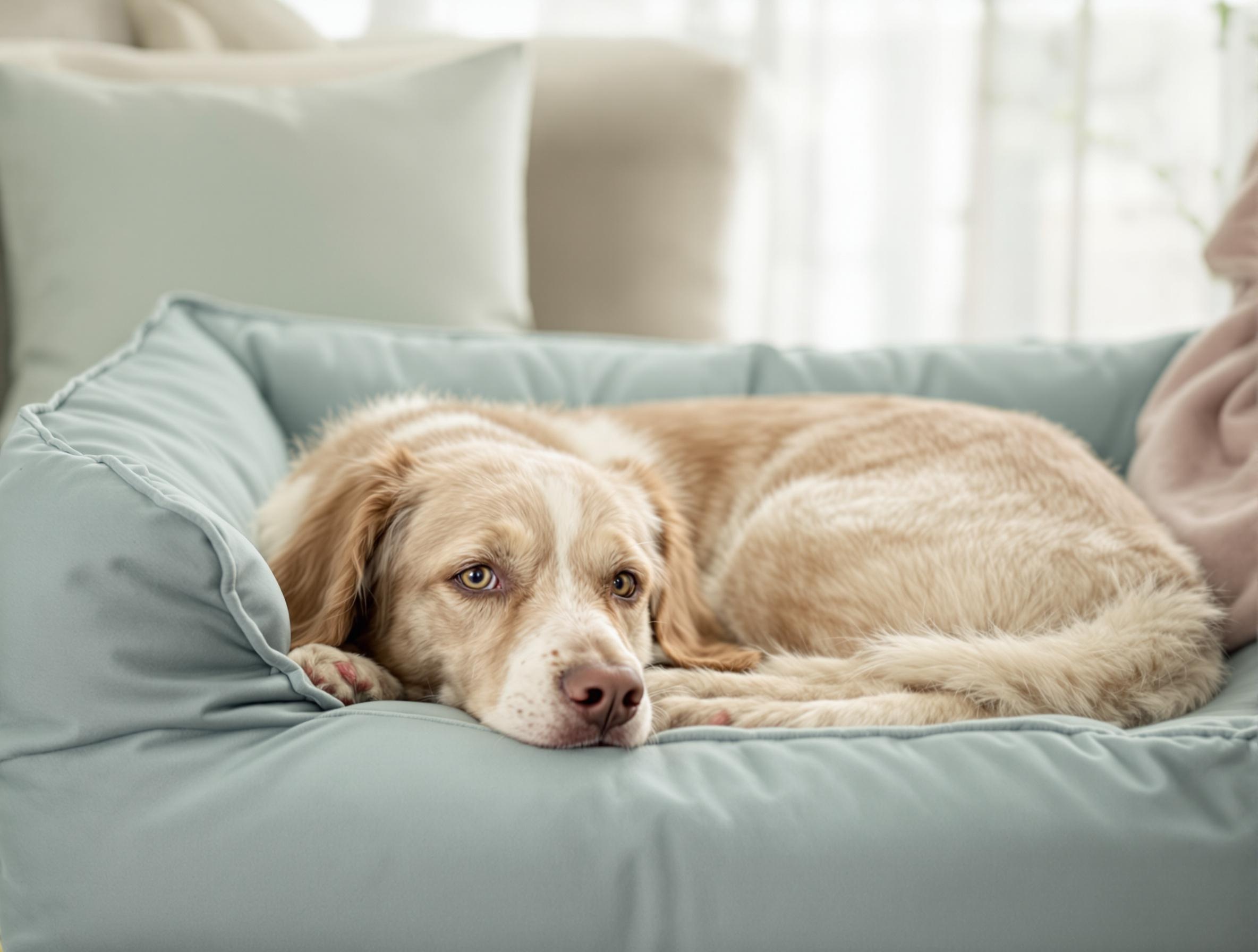How To Tell If Your Dog Is Overweight Or Obese

Are you concerned your dog might be overweight? Excess weight gain can happen gradually. You might notice that your dog looks different in recent photos, or you might spot an extra roll above their tail while they’re sitting. Here’s how you can evaluate your dog’s body condition at home, and what to do if they need to lose weight.
Should My Dog Have A Tuck-up?
If you’ve ever watched the Westminster or any other conformation dog show, you may have heard judges talking about a dog’s “tuck-up.” The tuck or tuck-up describes the dog’s waist as it appears to “tuck up” behind their ribcage when viewed from the side. In deep-chested breeds like the Greyhound or the Saluki, the tuck-up will be dramatic in a dog at an ideal weight.
In certain breeds such as the Labrador Retriever, the Corgi, and the Pug, the tuck-up might not be as obvious due to the shape of the dog’s body. A less-than-obvious tuck-up in those breeds does not necessarily indicate an unhealthy weight. However, there will be other indicators that differentiate a dog without a strong tuck-up and one that is actually overweight.
Your Dog’s Waistline
For most dogs, the best way to evaluate their body condition is by standing over them and taking a look at the shape of their body. In a dog at a healthy weight, you’ll generally see variations in their overall girth. The ribcage should be the widest part of their body, followed by a defined waist, followed by their pelvis. A uniform “sausage” shape indicates your dog might be overweight, while a belly that sticks out at the sides can indicate obesity.
In fluffy dogs, a waistline and tuck-up are not always obvious. If you run your hands along your dog’s sides, you should be able to feel their ribs with a slight covering of skin, fur, and fat. You should also be able to feel their spine and pelvic bones without having to press through a layer of fat with your fingertips.
Dogs store excess weight around their neck, at the base of their tail, over their ribcage, at the front of their chest, and around their waist. Take note of any changes in your dog’s body composition, especially if you notice classic signs of Cushing’s disease, which include a pot belly and a fat pad at the back of the neck.
Is My Puppy Overweight?
Excess weight gain and obesity are generally not seen in young puppies, as they need extra calories to support their growth and development. A slight pot belly is normal after a big meal, though a round tummy that always protrudes can indicate that your puppy has worms and needs to see their veterinarian.
At ten months to two years of age, your dog will have stopped growing, and they will no longer need the extra calories and fat in their puppy food. Keeping your young adult dog on puppy food for too long can lead to unhealthy weight gain. Large breeds grow more slowly, while small dogs can transition to an adult dog food as soon as 8 months of age.
Why Do Dogs Become Overweight?
Many dogs seem to have endless appetites, possibly stemming from the way their ancestors ate. The grey wolf will go hungry for almost two weeks between hunts, then gorge on up to 22 pounds of meat in a single sitting. Our modern dogs don’t need to feast-or-famine, as they don’t have scavengers lurking around their food bowls, but that doesn’t seem to stop them from eating as much as they can when given the opportunity.
It’s up to us to moderate our dogs’ diets to keep them healthy. If you use food rewards for training, stick to low-fat treats and make sure to reduce meals on days where you give lots of treats. You can even use bites of your dog’s regular food as training rewards.
It’s common for dogs to gain weight after spay or neuter surgery. After desexing, your dog will no longer produce sex hormones, and this often slows down their metabolism. On average, dogs need 20-25% fewer calories per day after their surgery. You can gradually decrease their food intake if you notice weight gain in the months following their spay or neuter.
If you’re concerned about your dog’s weight, or not sure how much they should eat each day, talk to your veterinarian. Reducing food intake without a targeted diet plan can sometimes lead to inadequate nutrition. Your vet can help you understand your dog’s needs and may suggest a fresh, low-carb raw, cooked, or dehydrated diet to help your dog stay in shape.





